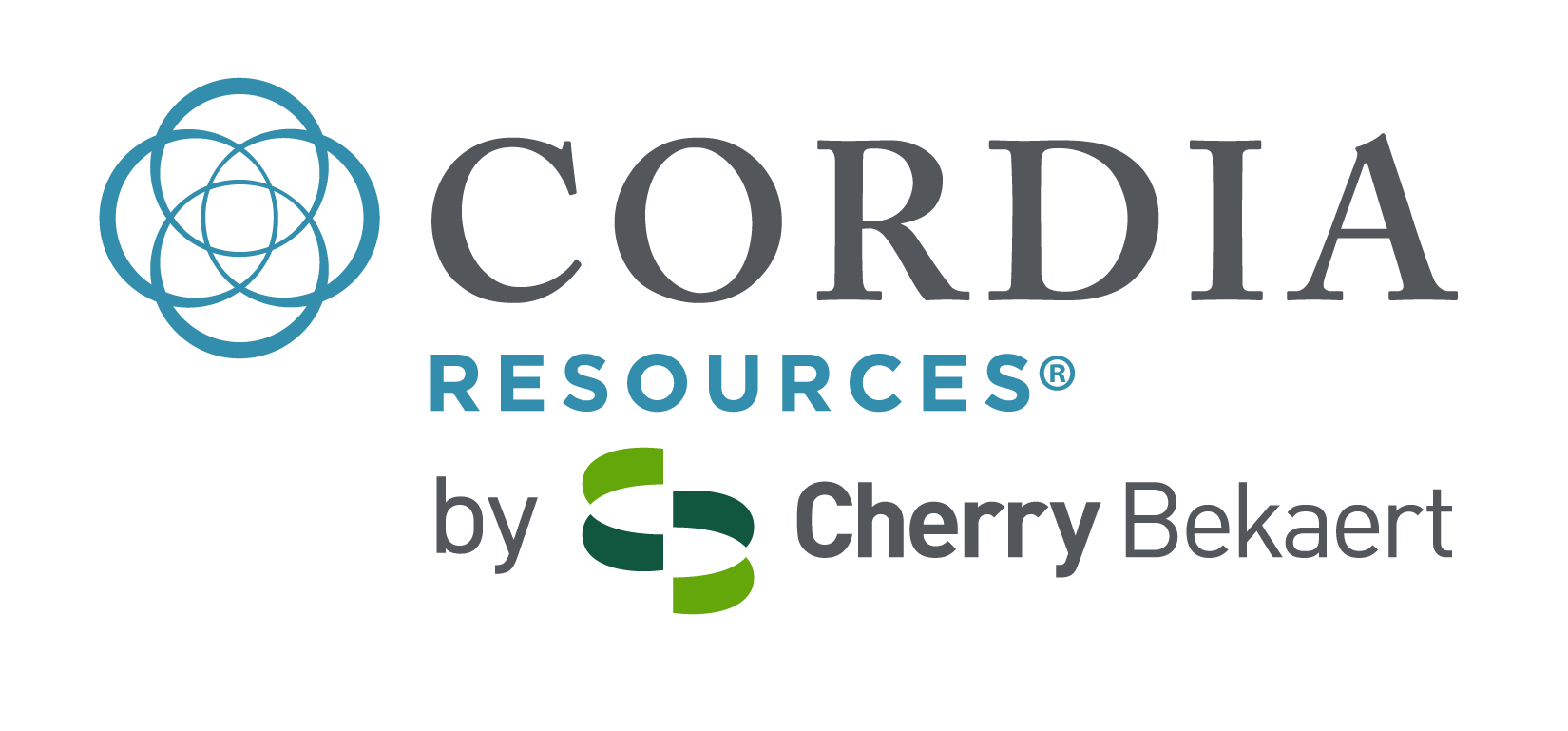Most organizations complete their annual review cycle between the first week of December and the final week of January. So by this point, most of your performance evaluations are in the books…but that doesn’t mean your annual task is over. Each year, the data and experience you gather from the review process can—and should—help you shape your approach for the following year. Take the steps below and make sure you add value to your performance reviews with every cycle.
Keep records, and use what you keep.
Of course you’ll document and file the results of each employee’s review. But keeping and filling reviews won’t help very much and won’t contribute to employee growth if these documents aren’t examined and compared year after year. Don’t just evaluate each year in a vacuum. Instead, compare current ratings and previous ones and make growth and progress part of the conversation.
Allow breathing room.
While you comment on individual progress, make sure that employees aren’t anchored by previous mistakes. If sales records have improved, make a note of this. If mistakes were made last year that haven’t been repeated, make a note of this too, then let these mistakes go for good.
Know the difference between value and growth.
Like most organizations, you’ll have high performers who make very little progress from year to year, and you’ll also have lower performers who improve by leaps and bounds. Don’t treat these two patterns the same way. Encourage both value AND progress, and find a way to make your ratings system reflect these accomplishments fairly.
Use data to keep metrics comparable.
Use software that allows you to cross reference employee performance across multiple metrics, so you can place individual performance into a context. As you already know, you’ll need to keep your metrics measurable and fair, but this will be easier if each employee skill set or performance rating can be measured against a clear average.
Implement SMART goals.
Use the results of your performance assessment to set specific, measurable, attainable, realistic and timely goals for the year ahead. Evaluations of past performance are only valuable if they support future performance, and a list of appropriate goals can lay the ground work for the next twelve months.
For more on how to establish meaningful goals and measure the results by the end of 2015, contact the staffing and financial employment experts at Cordia.


